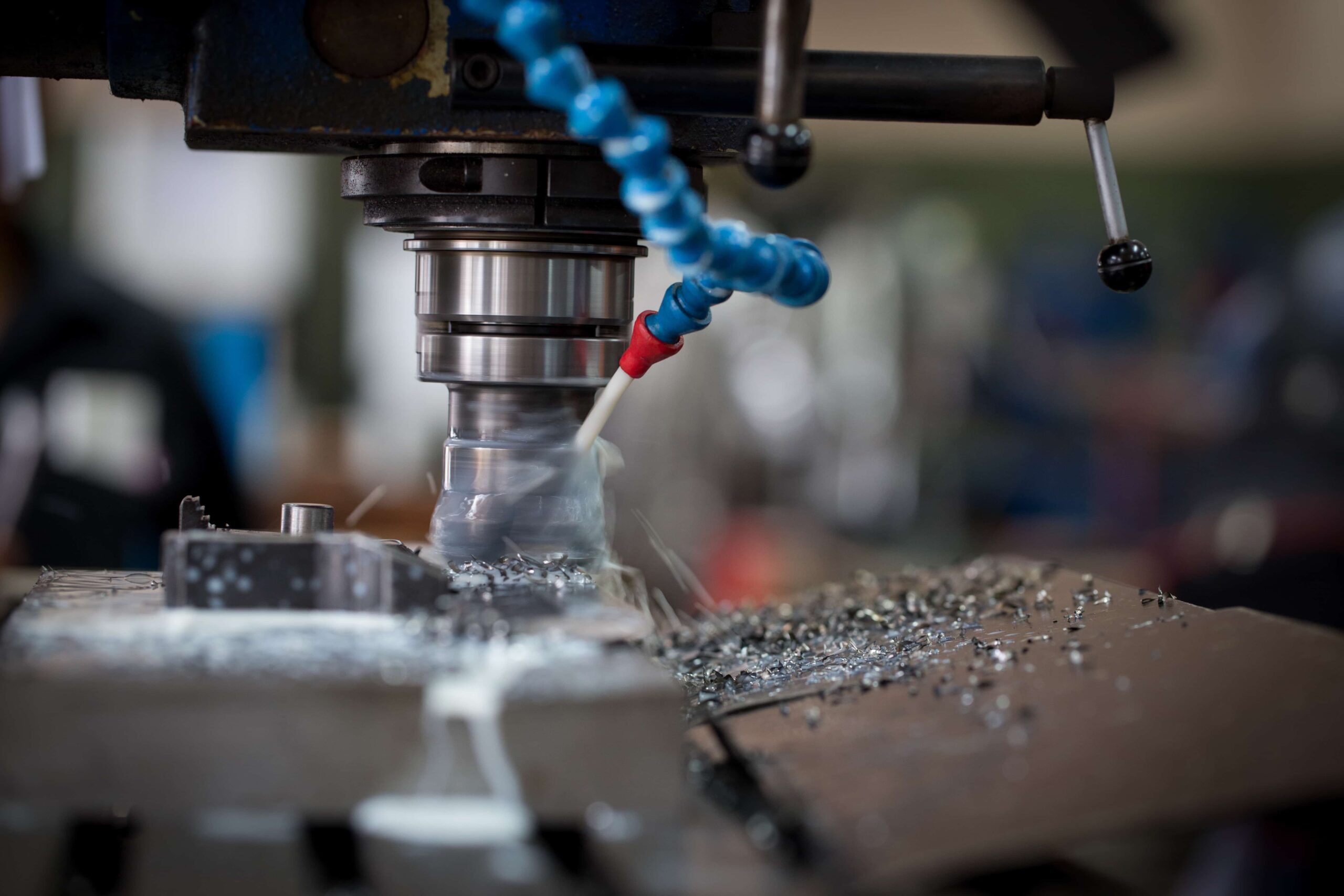
Water-soluble cutting oil products are typically supplied as concentrates. The user must prepare their own oil emulsion by taking the concentrate and mixing it with water. The benefit of oil emulsions for users is that they can have the lubrication and corrosion protection qualities offered by oil along with the natural cooling properties of water. Water-soluble cutting fluids also contain specific additives to enhance certain properties.
Common additives included in water-soluble concentrate are emulsifiers to stop separation and lubrication to inhibit corrosives. A conservation medium is also often part of additive packages, helping to prevent bacteria growth and Extreme Pressure (EP) additives that improve bearing strength. Finally, grease is added to improve the water-soluble cutting-fluids lubricating properties.
What is involved in creating an oil emulsion?
It is incredibly important that oil emulsion preparation is performed correctly, or there is a risk that the cutting fluid may be unstable.
The water-soluble cutting fluid concentrate must always be added to water and never the other way round. The mixing ratio of water and oil must always be measured accurately and, when preparing an emulsion, the combined ingredients must be stirred constantly.
It’s worth remembering that the oil concentrate being used should never be added at a faster rate than it can effectively be turned into emulsion.
Obtaining softer water
For best results, the water used must have a suitable hardness and pH value, and clean tanks and vessels should be used. The quantity of any undissolved salts – particularly iron, calcium and magnesium – will impact water hardness. Users seeking softer water must add soda. Water hardness is typically expressed by the number of parts per million of sodium carbonate (water-free) which are required to ensure the water is completely soft. Any undissolved salts can potentially react with emulsifiers. This can cause emulsions to break down quickly, but also form a foam that can block filters, pumps, and piping in cutting fluid systems.
Additionally, hard water containing more than 200 parts per million can reduce a water-soluble cutting fluid’s ability to protect against corrosives. Too much soda added to fluids will increase the pH value of the water. Low pH values will increase the potential for bacteria growth and tend to lead to corrosion. However, high pH values can lead to risks of skin irritation. The ideal pH value for an oil emulsion created from water-soluble cutting fluid is in the region from 8.5 to 9.3.








































